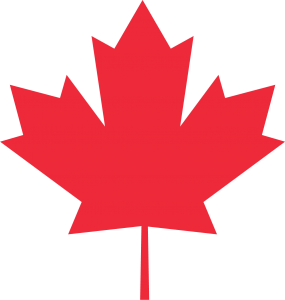Technical Bulletin No. 0975: Water Profile of the Canadian Forest Products Industry
 Runoff from managed forest watersheds yields approximately one-fifth of Canada’s freshwater resource. The effects of harvesting activities on water quality and forest hydrology are effectively controlled by the application of provincial regulations and forestry best management practices. Managed forestlands in Canada receive 1.35 trillion m3/yr of precipitation and produce roughly 0.67 trillion m3/yr of streamflow and groundwater. The forest products industry’s manufacturing operations draw about 0.3% of these surface and subsurface sources. Approximately 88% of the water used by manufacturing processes is returned directly to surface waters following treatment; nearly 11% is evaporated during manufacturing and wastewater treatment, and about 1% is imparted to products or solid residuals. Federal pulp and paper mill effluent standards, in conjunction with process improvements and advanced biological treatment systems, have resulted in declining trends in discharge loads of biochemical oxygen demand (BOD), total suspended solids (TSS), adsorbable organic halides (AOX), and dioxins and furans. Laboratory testing and artificial stream assessment of aquatic organisms exposed to these effluents at different concentrations have shown variable effects on organism survival, growth or reproductive capacity. In contrast, extensive in-stream studies carried out to date suggest that treated pulp and paper mill effluents have little effect on aquatic community structure.
Runoff from managed forest watersheds yields approximately one-fifth of Canada’s freshwater resource. The effects of harvesting activities on water quality and forest hydrology are effectively controlled by the application of provincial regulations and forestry best management practices. Managed forestlands in Canada receive 1.35 trillion m3/yr of precipitation and produce roughly 0.67 trillion m3/yr of streamflow and groundwater. The forest products industry’s manufacturing operations draw about 0.3% of these surface and subsurface sources. Approximately 88% of the water used by manufacturing processes is returned directly to surface waters following treatment; nearly 11% is evaporated during manufacturing and wastewater treatment, and about 1% is imparted to products or solid residuals. Federal pulp and paper mill effluent standards, in conjunction with process improvements and advanced biological treatment systems, have resulted in declining trends in discharge loads of biochemical oxygen demand (BOD), total suspended solids (TSS), adsorbable organic halides (AOX), and dioxins and furans. Laboratory testing and artificial stream assessment of aquatic organisms exposed to these effluents at different concentrations have shown variable effects on organism survival, growth or reproductive capacity. In contrast, extensive in-stream studies carried out to date suggest that treated pulp and paper mill effluents have little effect on aquatic community structure.
